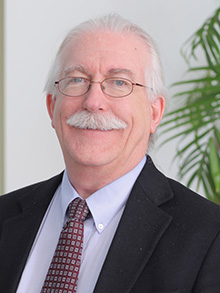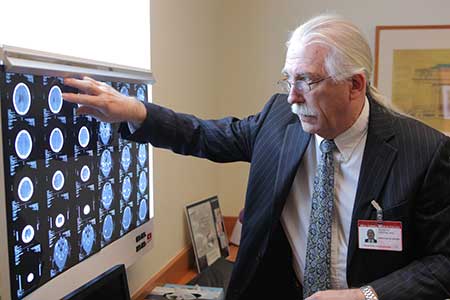
As anyone who’s ever been a parent (or teacher, or pediatrician, or coach) can tell you, children are not just little adults – they are fundamentally different creatures in terms of emotional maturity and mental development. As any doctor can tell you, children are also very different from adults when it comes to risk factors, behavioral influences, and healing.
When parent and doctor come together over a child who’s experienced a concussion, parents are understandably concerned about how to manage the injury. I often find myself explaining not just how concussions happen and how they resolve, but also how that recovery is different in children when compared with adults.
The mechanism of concussion is the same for everyone: Some event causes the brain to strike the inside of the skull first at the point of impact and then again on the opposite side as it "rebounds" away. If the head rotates at the time of impact there can also be damage to the axons that connect the brain's gray matter to the white matter below it. The similarities end there, starting with how the injury occurs. In adults, the most common cause of concussion is a motor vehicle accident. For children and teens, however, the main culprits are sports. Kids are more likely to sustain their concussions in falls or collisions in gym class or in an after-school sport.
 In both children and adults, the neuropsychological effects of concussion include impaired emotional and cognitive abilities. Adults, however, tend to have physical symptoms such as headache, balance problems, and fatigue. Children are more likely to display behavioral symptoms such as irritability, drowsiness, and insomnia. It’s important for parents to be on the lookout for these signs and symptoms, and not assume their child is okay because he or she doesn’t have a headache.
In both children and adults, the neuropsychological effects of concussion include impaired emotional and cognitive abilities. Adults, however, tend to have physical symptoms such as headache, balance problems, and fatigue. Children are more likely to display behavioral symptoms such as irritability, drowsiness, and insomnia. It’s important for parents to be on the lookout for these signs and symptoms, and not assume their child is okay because he or she doesn’t have a headache.
It is also important to note that children’s brains are still developing and strengthening vital connections between cells, a process known as myelination. This process is similar to coating electrical wires with plastic to optimize and protect an electrical signal as it travels along a circuit. Incomplete myelination is one reason why children may experience an extended loss of memory after a concussion. They will be awake and walking around, but later they will not remember anything from the time immediately after the injury. Post-traumatic amnesia is usually brief, but it tends to occur more frequently — and last longer — in children than in adults.
One thing I advise parents to avoid after their child is diagnosed with concussion is what we refer to as “cocoon therapy” – it’s a natural impulse to protect the child with rest, but that’s not optimal for recovery. The brain will recover, but it won’t help to restrict a child to a darkened room for several days without stimulation. There’s no need to prohibit TV, texting, reading, or computer use unless they exacerbate any symptoms. By all means have the child stop any activity that makes him or her feel “foggy,” or causes a headache, or produces the behavioral symptoms of concussion. (Of course, determining exactly what makes a ’tween or teen irritable is a challenge for any parent, but behavior changes after a head injury are more suspect than everyday moodiness.) Allow the child to return to school gradually as symptoms subside.
Concussions generally resolve on their own in a few weeks after the injury. If symptoms continue for more than six weeks it may be wise to consult a specialist. (The Weill Cornell Medicine Concussion hotline is 212-746-1112, or use this form to request an appointment.)
Visit the Weill Cornell Medicine Concussion and Brain Injury site